Modern technology has been evolving quite fast, and Google has been at the forefront of that evolution. They’ve innovated a lot in the past 20 years; there’s Google Assistant, Google Voice, Google Fi, and now there’s Google AR. Part of the tech giant’s ever-growing AR system is Google 3D Animals. Not only does this new feature help parents entertain their kids while they’re stuck at home, but it can also help kids learn about different kinds of animals in a fun and interactive way. In this guide, we’ll show you all you need to know about them including the full list of Google 3D animals, and walk you through how to summon them into your very own space. Let’s get started!
What Are Google 3D Animals?
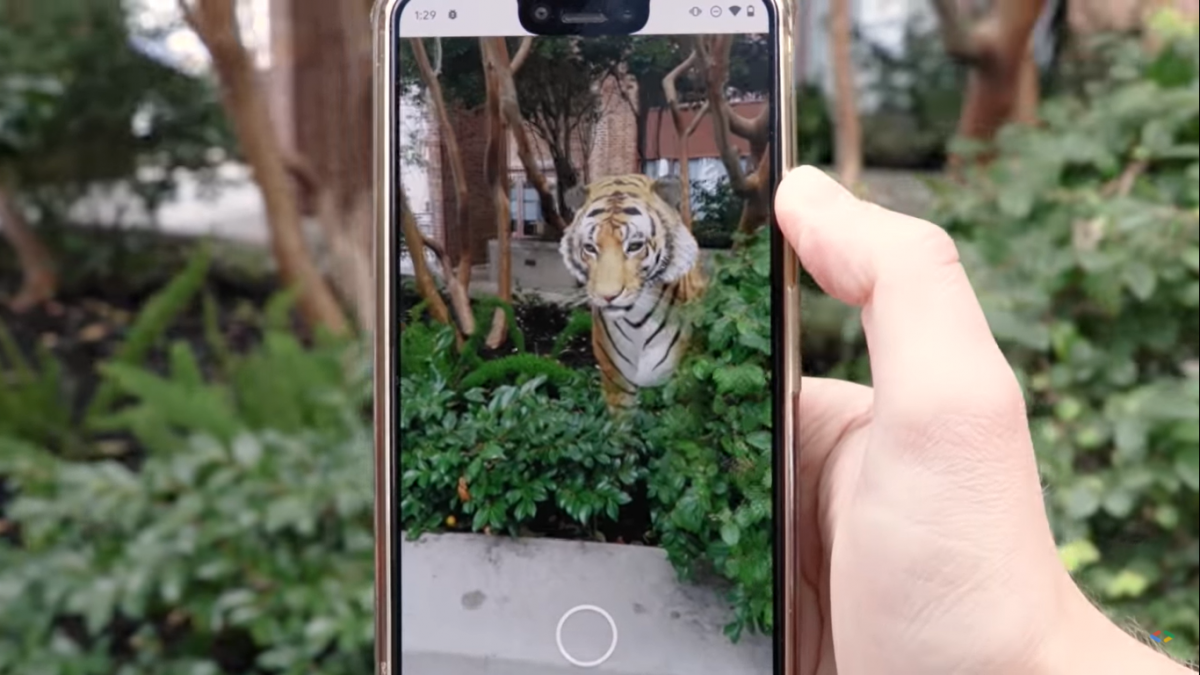
Google 3D animals are among Google’s lineup of 3D objects that you can view through the search function. They’re 3D animations of various animals that can appear wherever you point your phone at. What’s great about these animations is that they’re fairly photo-realistic, and they have sounds that accompany them. Thanks to Augmented Reality (AR), they can fit right into your space as if they’re actually there.
How to View Google 3D Animals in Your Space
Not only are Google 3D animals easy to view in your space, but the function is also widely available to smartphone users. But before you get started, let’s go over the basics first: what would you need for you to view these 3D critters in your own home and how can you find and interact with them?
What Devices Are Google AR Supported?
To view and interact with Google 3D animals, you’ll need an Android phone with Android 7 or higher. If you own an iPhone, it has to have iOS 11 or later.
Then, make sure that your phone supports ARCore, the Google-developed program that allows you to experience AR through your device; without support for ARCore, you won’t be able to view Google 3D animals in your space. If your phone has at least Android 7 or iOS11, then it’s likely compatible with ARCore. You can also check out Google’s full list of ARCore-supported devices if you want to make sure that it is.
Lastly, you’ll need access to the Internet, of course. Either mobile data or a Wi-Fi connection will do.
How to View and Interact with Google 3D Animals?
Now, we’re on to the fun part! Finding and viewing 3D animals in your space is just as easy as doing a Google search and only involves these steps:
- On your mobile device, head over to Google.com or launch the Google app.
- Think of an animal you want to view in 3D (e.g. corgi), and type it in the search bar.
- Next, scroll down until you see an information card that has the “View in 3D” button. Tap on the button.
- Afterward, the animal will then appear in 3D on your screen. To interact with the animal in AR, tap on the “View in your space” button.
- If you’re using the AR function for the first time, grant Google access to your camera, microphone, and device storage.
- Then, simply follow the instructions that appear on your screen.
And there you have it! You now have a Google 3D animal in your own room. Simply pinch to zoom in or out if you want to adjust its size.
Google 3D Animals: The Full List
There isn’t a Google 3D version of every animal you can think of. However, the number of Google 3D animals at the moment is already pretty extensive. Plus, the tech giant still has plans of expanding its list. Currently, there are seven categories of animals you can view in 3D. There are land animals, underwater and wetland animals, birds, house pets, insects, dinosaurs, and the very recently added Australian wildlife animals. So, without further ado, here are all of the Google 3D animals you can view in your own space at the moment.
Google 3D Land Animals

- African leopard
- African lion
- Alpine goat
- Arabian horse
- Ball python
- Brown Bear
- Bengal tiger
- Brown box crab
- Brown crab
- Cow
- Coyote
- Cheetah
- Donkey
- Easter bunny
- European hedgehog
- Fennec fox
- Giant panda
- Giraffe
- Hippopotamus
- Leopard
- Ox
- Pangolin
- Pig
- Raccoon
- Rabbit
- Red panda
- Shetland pony
- Timber wolf
- White-tailed deer
- Zebra
Google 3D Underwater and Wetland Animals
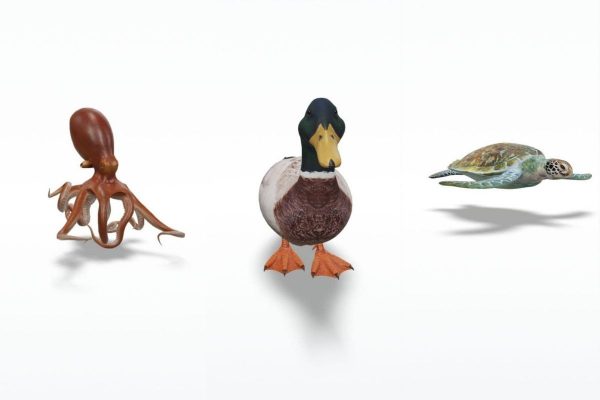
- American alligator
- Anglerfish
- Great white shark
- Green sea turtle
- Mallard duck
- Octopus
Google 3D Birds
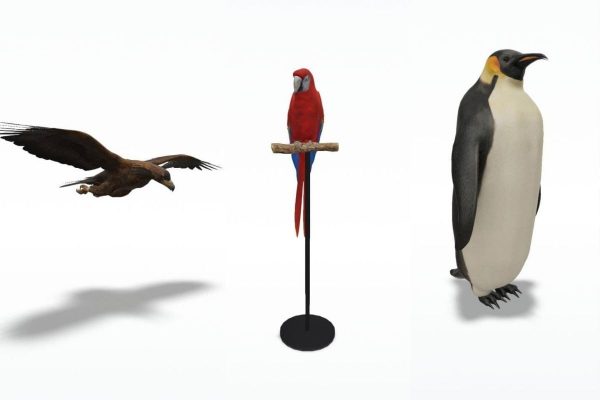
- Emperor penguin
- Golden eagle
- Scarlet macaw
Google 3D House Pets
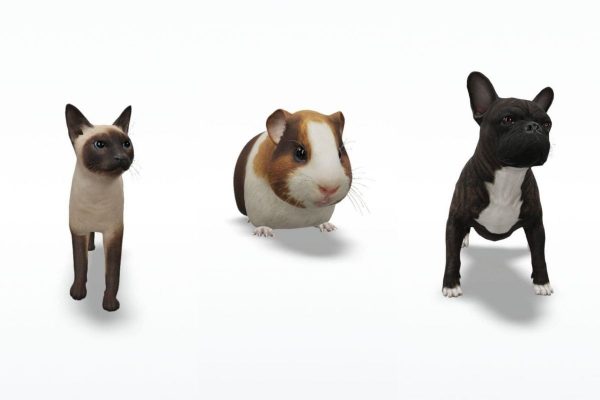
- Akita Inu
- American shorthair
- Australian shepherd
- Beagle
- Bengal cat
- Border collie
- Bulldog
- Bull terrier
- Cane corso
- Cat
- Chihuahua
- Chipmunk
- Chow chow
- Cocker spaniel
- Dachshund
- Doberman
- French bulldog
- German shepherd
- Great Dane
- Guinea pig
- Hamster
- Kitten
- Korean Jindo
- Labrador retriever
- Maine coon
- Maltese
- Norwegian forest cat
- Pembroke Welsh corgi
- Persian cat
- Pit bull
- Pomeranian
- Poodle
- Pug
- Puppy
- Ragdoll
- Rottweiler
- Russian blue
- Scottish fold
- Shiba Inu
- Shih Tzu
- Siamese cat
- Siberian husky
- Sphynx cat
- Welsh corgi
- Yorkshire terrier
Google 3D Australian Wildlife Animals
- Echidna
- Emu
- Kangaroo
- Koala
- Kookaburra
- Platypus
- Quokka
- Wombat
Google 3D Dinosaurs
- Tyrannosaurus Rex
- Velociraptor
- Triceratops
- Spinosaurus
- Stegosaurus
- Brachiosaurus
- Ankylosaurus
- Dilophosaurus
- Pteranodon
- Parasaurolophus
Google 3D Insects
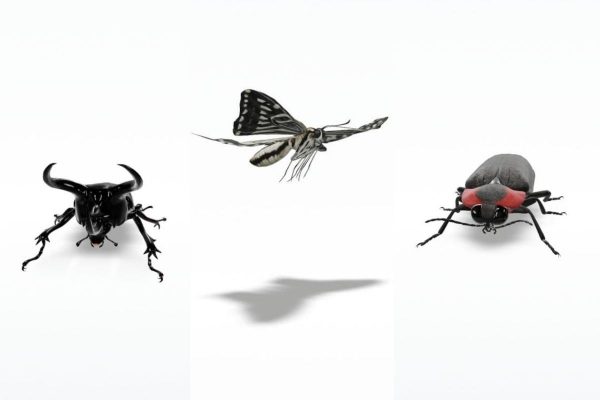
- Rhinoceros beetle
- Hercules beetle
- Asian Giant Hornet
- Atlas beetle
- Stag beetle
- Giant stag
- Miyama stag beetle
- Shining ball scarab beetle
- Jewel beetle
- Lady bug
- Firefly
- Rosalia batesi
- Swallowtail butterfly
- Morpho butterfly
- Atlas moth
- Mantis
- Grasshopper
- Dragonfly
- Robust cicada
- Brown cicada
- Periodical cicada
- Evening cicada
- Walker’s cicada
Beyond 3D Animals
It’s not only animals that you can view in 3D through the Google search function. Google has a bunch of other 3D objects that you can interact with and explore in your space as well. These objects range from Japanese pop culture characters to cultural heritage sites. They even have science models, which can be quite handy when reviewing for exams. Let’s take a look at some of the other Google 3D objects you can view in your space.
Cellular Structures
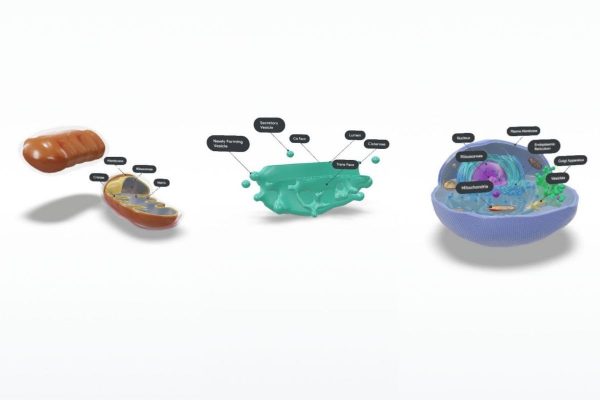
- Animal cell
- Bacterial capsule
- Bacterium
- Cell membrane
- Cell wall
- Chromatin
- Cisternae
- Cristae
- Endoplasmic reticulum
- Eukaryote
- Fimbria
- Flagellum
- Golgi apparatus
- Mitochondrion
- Nuclear membrane
- Nucleolus
- Plant cell
- Plasma membrane
- Plasmids
- Prokaryote
- Ribosomes
- Rough endoplasmic reticulum
- Smooth endoplasmic reticulum
Human Body
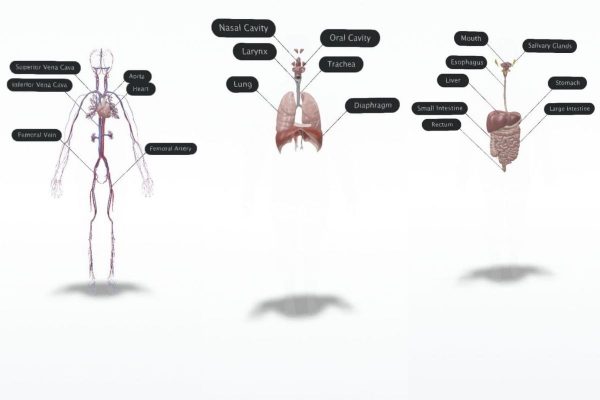
- Circulatory system
- Endocrine system
- Excretory system
- Female reproductive system
- Human digestive system
- Integumentary system
- Lymphatic system
- Male reproductive system
- Muscular system
- Nervous system
- Peripheral nervous system
- Respiratory system
- Skeletal system
- Urinary system
- Appendix
- Brain
- Coccyx
- Cranial Nerve
- Ear
- Eye
- Foot
- Hair
- Hand
- Heart
- Lung
- Mouth
- Neck
- Nose
- Ovary
- Pelvis
- Rib
- Shoulder
- Small intestine
- Big intestine
- Stomach
- Testicle
- Thoracic diaphragm
- Tongue
- Trachea
- Vertebra
Other Biological Models
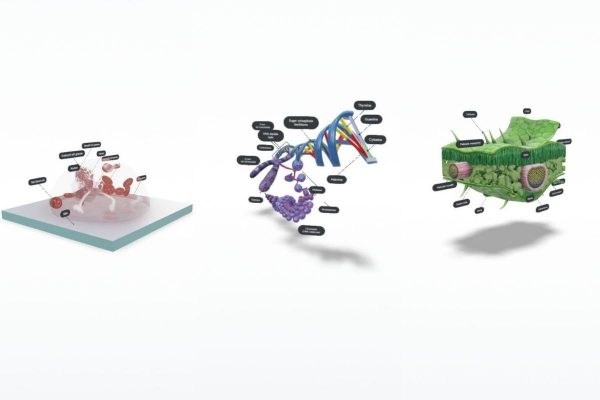
- Basophil
- Eosinophil
- Neutrophil
- Lymphocyte
- Monocyte
- Muscle flexion
- Platelet
- Red blood cell
- Monocotyledon
- Dicotyledon
- Photosynthesis
- Eukaryotic chromosome structure
- Prokaryotic chromosome structure
Chemistry Models
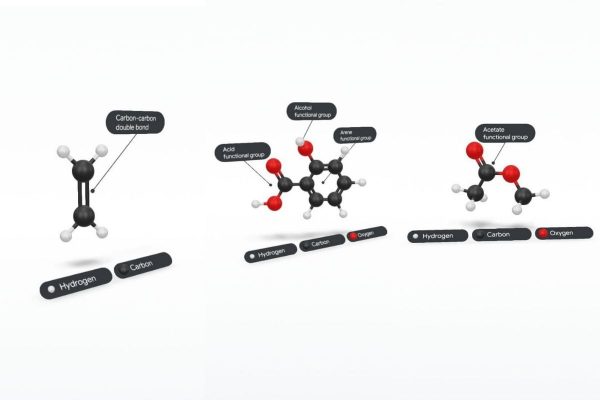
- Functional group
- Organic chemistry
- Methyl acetate
- Propanol
- Salicylic acid
- 1-Bromobutane
- 4-Bromo-1-butene
- Hydrocarbon
- Alkane
- Electrolyte
- Ionic bonding
- Covalent bond
- Chemical bond
- Metallic bonding
- Chemical compound
- Ethene
- Orbital hybridisation
- Quantum mechanical model
Physics Models
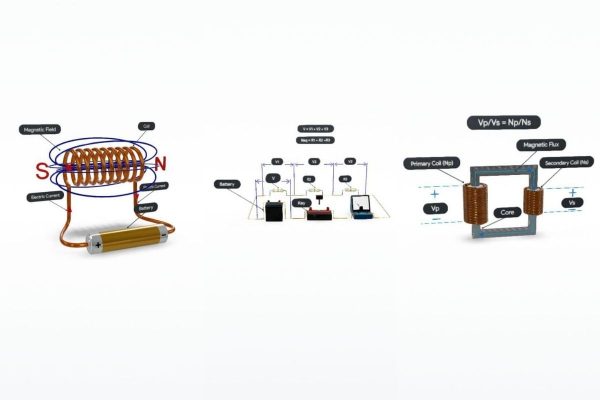
- Solenoid
- Series circuits
- Transformer
- Electromagnetic induction
- Circular motion
Space and Planets
- Sun
- Mercury
- Venus
- Earth
- Mars
- Jupiter
- Saturn
- Uranus
- Neptune
- Pluto
- Haumea (dwarf planet)
- Namaka (Haumea’s inner moon)
- Earth’s Moon
- Phobos (Mars’ moon)
- Deimos (Mars’ moon)
- Europa (Jupiter’s moon)
- Callisto (Jupiter’s moon)
- Ganymede (Jupiter’s moon)
- Titan (Saturn’s Moon)
- Mimas (Saturn’s Moon)
- Tethys (Saturn’s Moon)
- Iapetus (Saturn’s Moon)
- Hyperion (Saturn’s Moon)
- Umbriel (Uranus’ Moon)
- Titania (Uranus’ Moon)
- Oberon (Uranus’ Moon)
- Ariel (Uranus’ Moon)
- Triton (Neptune’s Moon)
Cars
- Audi R8
- Chevrolet Corvette
- Ford Explorer
- Kia Telluride
- Nissan Murano
- Porsche Taycan
- Toyota Supra
- Volvo models (including Volvo XC90, Volvo S60, and Volvo XC40 Recharge)
Japanese Pop Culture Characters
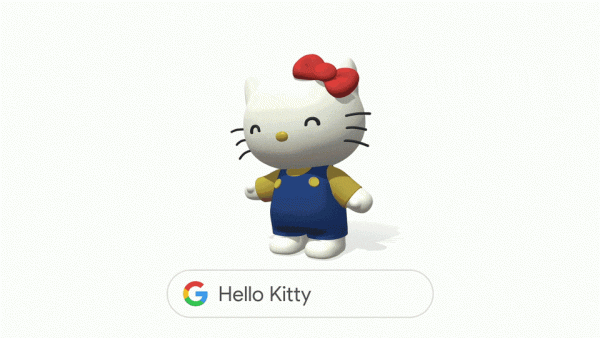
- Cogimyun
- Evangelion
- Hello Kitty
- Gomora
- Little Twin Stars
- Odysseus Gundam
- Xi Gundam
- Penelope
- Pac-Man
- Taiko no Tatsujin
- Pompompurin
- Ultraman (including Ultraman Zero and Ultraman Belial)
Cultural Heritage Sites
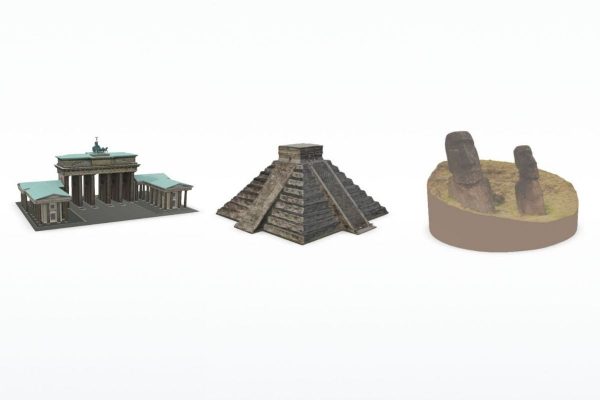
- Ahu Ature Huki, Moai
- Ahu Nau Nau, Moai
- Altar of the Mexico City Metropolitan Cathedral
- Brandenburg Gate
- Buddha Statues at Jaulian
- Chacmool Statue, Templo Mayor
- Chauvet Cave
- Chunakhola Masjid
- Church of Saint Sofia, Ohrid
- Edinburgh Castle
- Eim ya kyaung Temple, Bagan
- El Caracol
- El Castillo, Chichén Itzá
- Flanders Field Chapel
- Fort York National Historic Site
- Gateway of India
- Great Mosque, Kilwa Kisiwani
- House of Saint Ananias
- Lanzón Stela at Chavín de Huantar
- Lukang Longshan Temple
- Mausoleum of Emperor Tu Duc
- The Meeting House, Waitangi Treaty Grounds
- Mesa Verde
- NASA Apollo 1 Mission Memorial
- Nine Dome Mosque
- Normandy American Cemetery
- Pirene Fountain, Corinth
- Palacio de Bellas Artes
- Palacio Tschudi, Chan Chan
- Ritual Rooms in Palacio Tschudi, Chan Chan
- Rano Rarako, Moai
- Shait Gombuj Masjid
- Temple of Apollo, Naxos
- Thomas Jefferson Memorial
- Throne Room of Eshmun Temple
- Wat Phra Si Sanphet
Miscellaneous
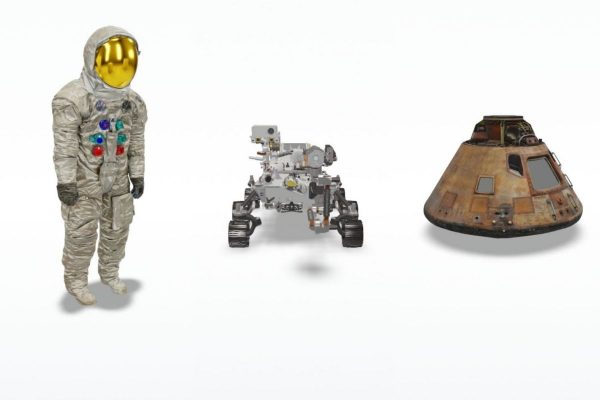
- Apollo 11 Command Module
- Neil Armstrong’s lunar spacesuit suit
- Perseverance Mars Rover
- Mars Ingenuity Helicopter
- New Balance FuelCell Echo Shoes
- Santa Claus
Takeaway
Having Google 3D animals in your own space is a fun new way to kill time while learning. And when you’ve gone through all of them already, you can view other 3D objects as well. Maybe you want to hang out with Santa Claus in your living room or look at Neil Armstrong’s spacesuit up close? Whatever it is, Google’s AR function is there to indulge you.
